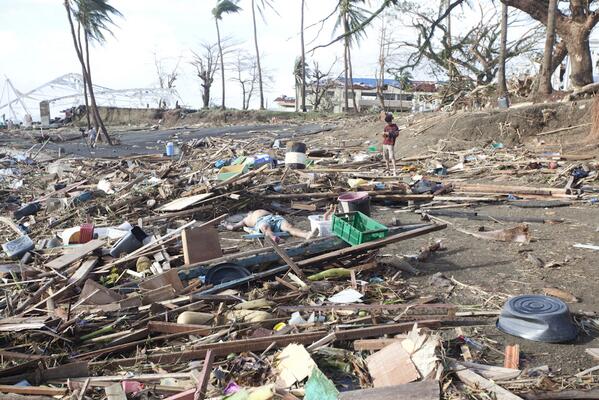HUMAN DEVASTATION, PHILIPPINES SUPER TYPHOON HAIYAN:
UNOFFICIAL REPORTS: 10,000 DEAD, THOUSANDS MORE INJURED: HOUSES DEMOLISHED AS NATURE TAKES ITS TOLL.

Once there were many houses, now it is cleared
Thousands dead in Philippines as scale
of damage from Haiyan becomes clear
As the scale of devastation became clear Sunday from one of the worst storms ever recorded, officials projected the death toll could climb even higher when emergency crews reach parts of the archipelago cut off by flooding and landslides. Looters raided grocery stores and gas stations in search of food, fuel and water as the government began relief efforts and international aid operations got underway.
Even in a nation regularly beset by earthquakes, volcanoes and tropical storms, Typhoon Haiyan appears to be the deadliest natural disaster on record.





































